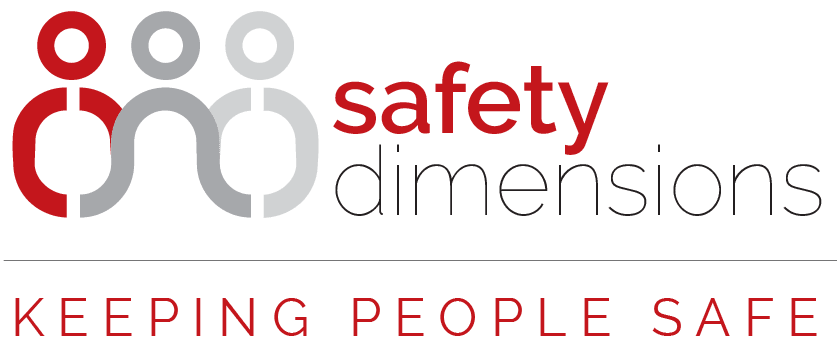Sunshine Coast Regional Council recently proposed an aspirational vision: to be Australia’s most sustainable region – vibrant, green and diverse. This involved repositioning’ the brand of the local council as a business’ rather than a public service agency’ with a view to strengthening community engagement and building a perception of excellent customer service. The Council also built a new Corporate Plan, Values and Behaviours and Corporate Identity – all designed to support staff to make the necessary changes and build a culture that sets a new standard for local council even under the pressures of increasingly stretched resources, a more informed public and greater scrutiny and transparency.
Recognising the challenge this created for leadership, 65 Managers and Coordinators were identified to take part in a 6 day Our Transformation and Identity Program that was supported by 360° feedback, workplace tasks and interim coaching. The collaborative process between internal resources from Employment and Development and the external design and facilitation of the program from Leadership Dimensions ( a Safety Dimensions sister company) resulted in a robust leadership program that provided reflective practices, peer review processes, cross-department consultation and the development of practical solutions to a range of issues.
The core objectives of the sessions were to equip middle managers with the skills to adapt to a continuously changing environment, who can lead their teams effectively and positively and build a culture that sets a world class standard for local council.
Pam Potter, Co-ordinator Employment and Development, initiator and owner of the process for Sunshine Coast Regional Council, is interviewed here for her insight and wisdom.
What was it that you most wanted to achieve in selecting this group of leaders?
The middle management level at Sunshine Coast Council manage the largest teams so have the greatest impact. They operate as the bridge between operations and the strategic decisions made at the senior level. Also, because our Australian culture tends to be more about relationships than the tasks, focusing on the quality of their communications, how they build trust and their leadership ultimately determines the quality of the task. They are key influencers in our organisation so their ability to build healthy relationships is critical. And, given their level of influence, when we need corporate messages rolled out consistently, this is the group that can do this for us.
Why did you undertake a process of this size and scope?
To roll a program out over 6 months with a session every month means that people are reminded that they were in a learning process. It is easy for people to go off site for a couple of days to an intensive training program and then forget about it. But with the face-to-face check-ins (including the 360° debrief and the interim tasks) we could embed the skills, evaluate their progress and ensure that the process was anchored into personal learning goals. With about 3/4 of this level involved, we could strongly infiltrate the organisation so the outcomes could be a bit viral. They can also bring real life scenarios to the training when there is longevity to the intervention.
What do you think are some of the challenges for any leader operating in the contemporary workplace?
With the overload of information and data flying at us in the workplace, it is difficult for leaders to know what to pay attention to and most people will focus on task rather than people. It’s also difficult to let go of things and trust others to achieve the quality you would expect of yourself when you are the one ultimately accountable for the outcomes.
Many organisations would be nervous to take on a 6 month undertaking like this. What advice would you give other Councils when they are considering cultural change?
We had benefit a few years back – I was supported in dumping the one-off 3 hour format that had become popular for time poor leaders. So we’d already built a culture of investing in Learning and Development. My advice is that you have to manage the initial resistance and prove the benefits through action and results. Our Director got on board very quickly and was highly supportive of this initiative. Getting the support of a senior champion’ is key. We run 5-6 day programs at every level in the Sunshine Coast Council and it is seen as a milestone.
What measures of success did you put in place to ensure your Return on Investment (ROI)?
We completed a 360° feedback questionnaire at the beginning of the program and will be repeating this post program. This will not only provide anecdotal and quantifiable evidence of what’s changed for each person, but it supports the Sunshine Coast Council in getting better at providing constructive feedback.
The Managers of the participants have also been great as they have been curious about what their team members are learning in terms of content and have then provided observations about what they have seen shift in their team members.
What have you seen change as a result of this training and can you give an example of something specific that has occurred based on one of the workplace projects?
The value is definitely in the way this group have been able to network and get to know each other and the projects underway in the different divisions. They have been working across branches to make change happen on the ground by leveraging different perspectives and exploiting lessons learnt. One example that comes to mind is where the Parks Co-ordinator and Fleet Co-ordinator have been able to find a way that fleet management could better support the work of Parks management. This cross-pollination encourages innovation, efficiency and better resource management.
Another example was that new leaders got exposed to a very broad understanding of the business at the perfect time.

